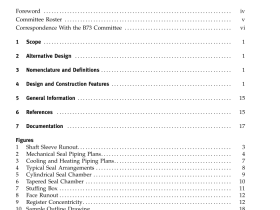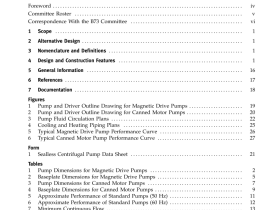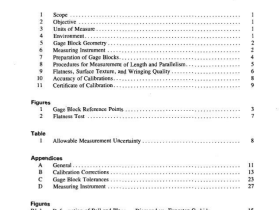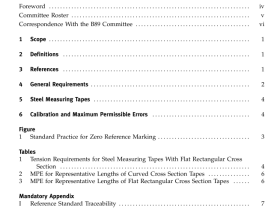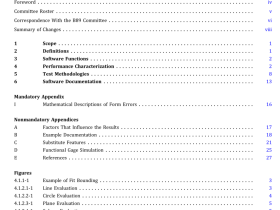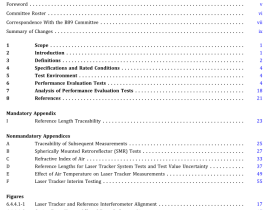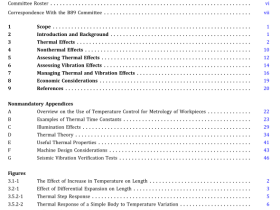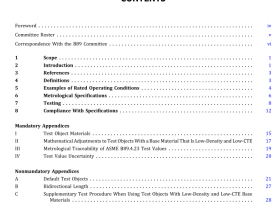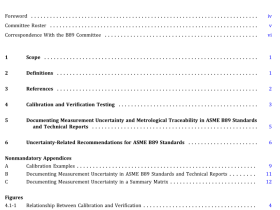ASME NML-1 pdf download
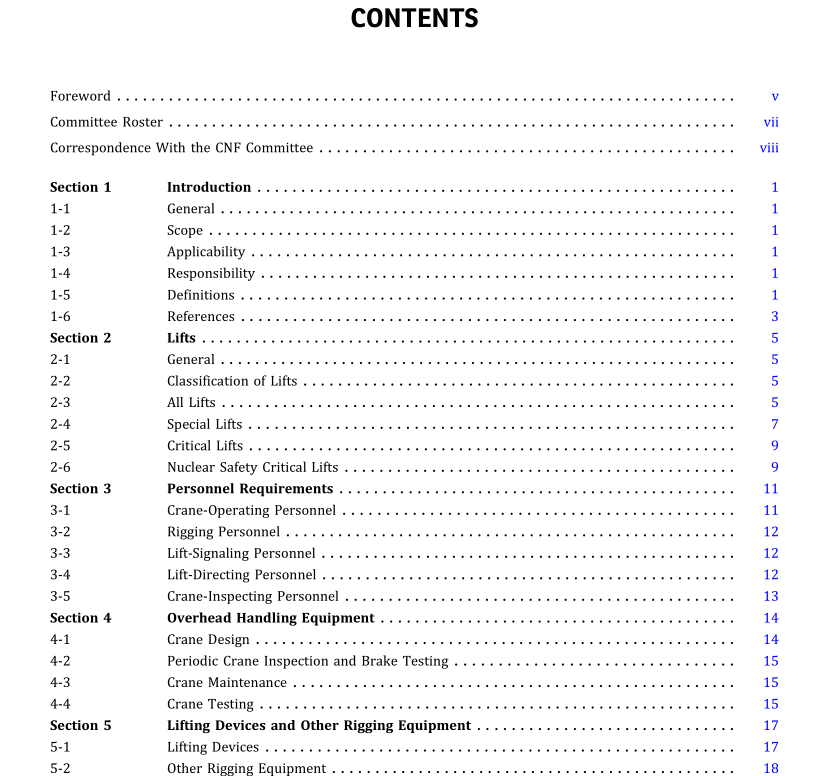
ASME NML-1 pdf download Rules for the Movement of Loads Using Overhead Handling Equipment in Nuclear Facilities
1-4 RESPONSIBILITY
Compliance with this Standard is the responsibility ofthe owner.
1-5 DEFINITIONS
cascading failures: a process in a system ofinterconnectedparts in which the failure of one or a few parts can triggerthe failure of other parts and so on.
design rated torque: the torque required to hold the designrated load of the hoist at the point of brake application.double-rigging arrangement: a system in which two inde-pendent sets of load-carrying elements, each capable ofcarrying the load,are used to connectthe load to the overhead handling equipment.
emergencyresponse plan: a setofactions necessaryto mitigate the consequences of the worst possible outcomes ofaload-handling accident.
engineered temporary lift assembly (ETLA): speciallydesigned lifting equipment that is not general purposebut has a special temporary intended purpose. Theseassemblies are not standard design items and are notavailable from acommercial source, andthere is no generally accepted consensus standard applicable to the equipment. Examples of ETLAs include special gin poles andderricks; special crane supports such as runways or overhead gantry columns and frames; and special load-han-dling equipment such as up-end and down-end devicesand jacking towers (unless used with the guidance ofthe applicable volume of ASME B30).ETLAs are requiredfor lifts that cannot be accomplished with standard liftingdevices.
essential safety function (ESF): a function performed by aplant system, structure, or component that is necessary toremove decay heat from irradiated fuel, provide shieldingcontain radioactive material, or control nuclear reactivityFor the purposes of this Standard,ESFs are defined asfollows:
(a) maintaining adequate decay heat removal.(b) maintaining reactor coolant system and spent fuelpoolinventory necessary for adequate shielding, removaof decay heat, and containment of radioactive materialThis may be accomplished by preventing leakage fromthe reactor vessel (during refueling) and spent fuelpool in excess of safety-related makeup capability.
(c) preventing damage to irradiated fuel or to components that function to prevent a substantial release oradioactivity.As used here, a substantial release of radioactivity means the potential for radiation exposurescomparable in magnitude to those specified in 10 C.F.Rs 50.34(a)(1), 50.67(b)(2),or S 100.11.
(d) maintaining the geometric configuration ofmultiple fuel assemblies such that nuclear reactivitycannot increase.
facility acceptable excursion limit (FAEL): the distance aload can move where its movement remains safe. Thislimit applies to any hoist or travel motion when uncommanded load movement occurs. lt is intended to assume amechanical or a control system failure has occurred andmanual or automatic systems must be used to stop theload.
infrequently performed test and evolution (PTE): infrequently performed test or evolution that has the potentialto significantly degrade the plant’s margin of safety andtherefore warrants additional management oversight andcontrol.
intermediate hoist: an additional hoist thatis used as partofthe rigging below the primary hoistIt could be used as ameans of leveling the load or as a more precise means oflifting the load.
lift, critical: any lift that carries a high risk of a load-handling event,as determined by the presence of certain probability factors and the severity of the possibleconsequences of such an event.
lift, nuclear safety critical: any lift, performed in a givenarea after a plant becomes operational, in which the loadweighs more than the combined weight of a single spentfuel assembly and its associated handling tool for the specific plant in question that, as a result of uncontrolledmotion exceeding the movement safety envelope, canresult in the loss of an essential safety functionNuclear safety critical lifts are a subset of critical lifts.lift, special: any lift that carries a moderate risk of a loadhandling event, as determined by the presence of certainprobability factors and the severity of the possible consequences of such an event.
lift, standard: any lift that carries a low risk of a load-handling event,as determined by the presence of certain probability factors and the severity of the possibleconsequences of such an event.
